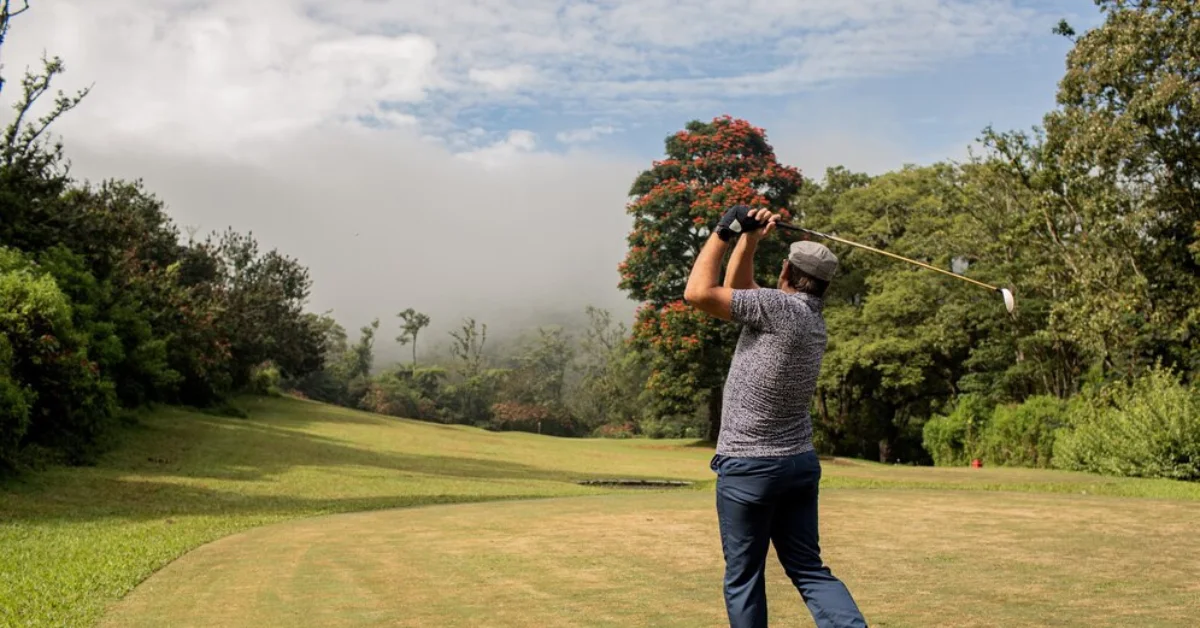Why Getting Fitted for Your Golf Irons Could Be the Best Move for Your Game

Minor adjustments can significantly enhance your experience and results on the course. Many golfers search for better results by trying new clubs, but very few consider how important a proper fitting is.
Too often off the rack solutions are treated as a cure for all that ails a course. Investing time in a custom fitting session will revolutionize how your golf iron sets perform for gains in distance, tighter dispersion and a more consistent ball striking. Fitting means they adapt to you, rather than you adapting to your clubs.
Shaft Flex: The Unsung Hero of Timing
There is no such thing as a one swing fits all, and you need to match the shaft flex to the swing. If the ball is too stiff, then it will have a low launch with a fade bias. If too soft, the ball will be too soft to stop ballooning shots or lose accuracy.
With flex, your tempo and transition can knock through to give your the perfect flex that allows you to liquidise how to transfer energy at impact. In a fitting, swing speed, release pattern and tempo are all assessed to match the shaft that best complements—not contradicts—your natural motion.
Lie Angle: Controlling Direction Without Changing Swing
Club lie angle plays a crucial role in shot direction. If the toe is too elevated at impact, expect shots to leak right. Conversely, a heel-dominant strike sends the ball left. Adjusting this angle by just a few degrees fine-tunes directional control without forcing awkward mechanical changes. For taller or shorter players especially, this seemingly minor detail can be transformative. Custom fitting offers the precision to dial this in based on your stance and delivery.
Loft Gapping: Eliminating Distance Overlaps
Most players own a mix of clubs that cover similar yardages without realizing it. Inconsistent loft spacing can lead to confusion when choosing between irons. A fitting session irons out these overlaps, creating predictable yardage gaps that suit your playing style.
Whether you’re an aggressive striker or a finesse player, having well-calibrated distances between clubs ensures each one serves a distinct purpose. This alone can save strokes over the course of a round.
Tuning for Trajectory
Beyond distance gaps, correct loft progression influences launch angle and spin. Higher-handicap players may benefit from stronger lofts, while others might need additional spin for better stopping power on greens. Fitters assess shot data to strike a balance that works with—not against—your natural flight.
Grip Size: Comfort Equals Consistency
A detail often ignored, grip diameter affects both feel and mechanics. Too narrow encourages overactive hands, increasing the chance of hooks. Too large can restrict wrist movement, leading to pushes or blocks.
A grip tailored to hand size improves comfort and promotes proper release patterns. During a fitting, various sizes and materials can be tested to find that just-right combination that gives you control without tension.
Confidence Born from Data
There’s a psychological edge that comes from knowing your clubs are tailored specifically to you. That confidence translates to committed swings and better decision-making under pressure.
Fitting uses launch monitors, lie boards, and dynamic measurements—not guesswork—to create a setup that reflects your true potential. What once felt inconsistent now becomes repeatable.
Fitting as a Gateway, Not a Luxury
It’s not reserved for professionals or low handicap players; custom fitting is for serious players. Each of these modifications will boost your skills and make the experience more fun.
When your gear is fit and working with you, with properly fitted clubs, your gear is NOT holding you back. What makes the difference is not the club brand, but how it is made to play your game.
